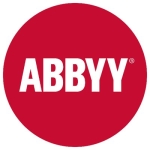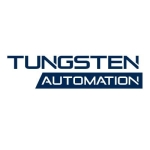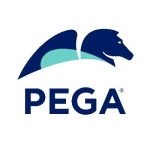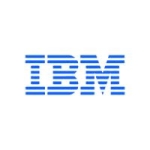What is our primary use case?
Our case was downloading the invoices from an Oracle Application.
It involved web and desktop applications and the setup was done in a Citrix, where the AA tool and required applications were installed in a secure environment.
Using Object Cloning for a web application, we extract a record of a company code for which all the invoices need to be extracted, based on month and year. When the company codes are available then all the invoices were extracted, applying the proper logic in the Oracle environment (Similar to SAP).
Proper logging and exceptional handling were supported.
Testing was done in the Dev and Test Environment and finally deployed to PROD.
The Bot was scheduled as per the customer requirements in the Control Room, to be executed as per the demand.
How has it helped my organization?
It has improved a lot by automating repetitive steps and hence saving a lot of quality time.
It's very easy to use and all of the employees can easily get involved in the process, whether they are a developer, support, or have an HR background.
Almost all the easy and complex processes can be automated.
For each employee, the tool is useful if they have some redundant or repetitive tasks to perform on a daily or weekly basis, such as timesheet submission or shift allowance extra. It's a BOT BUDDY, as it is called in our organization.
It's very fast and takes no time to execute a lengthy process.
It's secure; all of the passwords and UN are secured.
The tool is simple and easy to debug and run.
The Automation Anywhere University is vast and we can easily get support from other community members.
Free certification and tutorial videos are readily available and are free of cost.
What is most valuable?
The Control room is valuable, as we can schedule the bot at any time and give access to anyone from anywhere.
The Recorder feature helps to automate without any effort and is very robust and precise.
The automation is very fast and in no time, it executes the process and hence increases the SLA by a vast margin as compared to other RPA tools.
IQ Bot is a very high niche tool and reads any kind of scanned copy and gives the output with more than 95% precision. It's very simple and supports Python and NLP for adding extra features.
Metabot helps to make reusable components and can be used as a function wherever needed.
It supports Dlls, VBScript, Python script, and macros.
Bot Insight helps to get the analytics in a more enhanced and visually attractive way.
The simplicity of the tool is a plus point, as it does not require one to be from coding background to work on it.
What needs improvement?
I would like the AA tool to be more proficient and a single entity tool that does not require DLLs or some script to be written separately where it is not capable. It should have more commands, which should remove the dependency on MetaBots or other scripts so that everything is available in the tool itself. This would save time.
All the time working on the tool requires internet connectivity, and it will be great if we can work offline. Offline development would be helpful.
More features like AI and ML should be included, as well as additional features to automate Citrix applications and mainframe applications.
I would like to see more Excel commands available.
Introduction to dictionaries and other data types should be included.
I would like to have a ready-made framework available so that less time is spent to develop the whole framework for the processes.
In terms of robustness, the bot should be efficient enough to deal with the code breakdowns. This could be done with more exception handling features and a ready-made framework.
More tutorials with complex scenarios and ILT training would be an improvement.
For how long have I used the solution?
We have been using Automation Anywhere for two years.
What do I think about the stability of the solution?
The product is very stable and runs without delay, failures, or system hangs.
Logs are maintained both locally and at the server level.
The client and server connection is smooth.
What do I think about the scalability of the solution?
Scalability is wonderful for AA, we can easily add the extra robots as per the transaction load without impacting the process.
How are customer service and technical support?
The customer support and technical support are very helpful and service is available 24/7, around the clock.
Communication is very good and their knowledge of the tool is in-depth.
Support teams are pro-active and they have a vast network of partners.
Which solution did I use previously and why did I switch?
We did not use a different RPA solution before this one.
How was the initial setup?
The initial setup was easy, as per the guidelines shared by AA, including the minimum system requirements such as OS level, RAM requirement, SQL Server, and .NET requirement. This information was shared via the documentation.
When finding any problem, their support team is very fast and cooperative in helping to resolve the issue ASAP.
What about the implementation team?
Our company directly consulted with the Automation Product teams for RPA implementation and COE implementation in our organization.
What was our ROI?
ROI is high; usually, one process automation is equivalent to three FTEs in our organization.
What's my experience with pricing, setup cost, and licensing?
It's cheapest among the competition, although bargaining is a must.
Different licenses are for Bot Runner and Bot Creator, which saves on the cost.
Which other solutions did I evaluate?
We evaluated UiPath and Automation Edge.
We found AA to be the best among the others in terms of pricing, licensing, support, and tool capability.
Which deployment model are you using for this solution?
On-premises
Disclosure: My company does not have a business relationship with this vendor other than being a customer.


















